Dubai Desert Dreams: A City of the Future and What It Means
From London, headed to Dubai for a week’s stay to explore what has been the miraculous building of a futuristic city. Once a fishing town with less than 1200 people surrounded by a vast desert, today Dubai’s population has grown to 3 million+ representing over 200 nationalities. This is a duo language city – English and Arabic are equally used as tourism and commerce remains its new economy (no longer oil). A city much like Las Vegas built in a desert with a vision of being an economic force formed during very different times with distinct agendas. One more futuristic than the other. The contrast between thousands of glass tower buildings and what is traditionally an Arab lifestyle is both dazzling as it is contrary. Here is my take on Dubai and what to explore when visiting…….
First a Bit of History
Dubai’s transformation is indeed a fascinating story beginning in 1971. Once a small fishing village in a vast desert near the ocean, compare to what it is now, a futuristic city becoming a global economic force. It began with the discovery of oil in the region. This, along with other issues and disagreements within the region’s Arab leadership, led to seven emirates (monarchy families) to form the United Arab Emirates (UAE) in 1971. From there, its new leadership invested its oil revenues into building a city, starting with ports, roads, and airports. This served as the foundation to support a global hub of tourism and commerce with a futuristic outlook to pursuing advances in technology, health, and sustainability. In just 44 years, Dubai has evolved into exactly what the rulers of the city wanted … a global metropolis. This clearly has not happened without its challenges and questionable practices (more later).
Arriving in Dubai
I arrived 8:30 AM, having taken a red eye stepping out of the airport to stifling heat at 90 degrees to hit 107 degree by 2 pm. Literally, it feels like you are in a sauna or steam bath as your clothes stick to your body. The city’s skyscrapers are embraced by a haze of sun and heat that everyday feels like 120 degrees. Since I only scheduled to be in Dubai for a week, I chose to stay at a Marriot hotel using some of my points. I arranged for a driver to pick me up for what was a short drive. Driving into the main center of the city, you see the enormity of the city’s renaissance with so many glass towers already built. Yet there are more cranes in the air, as there are ongoing projects being planned. You immediately wander how is all of this real estate going to be leased or sold? As expected, the global pandemic did impact Dubai, later bailed out by the city of Abu Dhabi with a 10-billion-dollar loan. Since then, Dubai seems to have weathered the worst of the storm.
Defining Dubai
Definitely a city of contradictions as it seeks to build a global presence within the confines of its Islamic roots and limited democracy. My reason for going to Dubai was primarily one of curiosity based on an early article I read. I thought about how in the US, Las Vegas went from being a small railroad town in a desert to becoming an entertainment mecca thanks to the legalization of gambling in the 1930s. Clearly, Las Vegas’ growth into what it is today took much longer than Dubai. I also was curious to see how Dubai’s leaders merge their religious principles with luxury tourism and global capitalism. The Muslim beliefs and historic restrictions are certainly taking a slight step back as the city becomes more tolerant of the needs of its now 200 nationalities, growing tourist influences and its foreign business partners. This is a city that depends on immigration, both professionals and laborers. However, while there is greater support and tolerance for higher income workers, laborers experience serious human rights issues bussed to and from housing camps working in a desert climate. Unlike the USA, there is no American Dream for migrants here, only a labor job.
The city depends on cars and buses to get folks around with the recent opening of its first metro station which is not enough. I signed up for the 5 days Hop on/Hop off bus plan to get around using Uber sometimes and the hotel shuttle. Frankly, even if it was a walkable city, the heat would make it unbearable. My most important advice DO NOT go to Dubai during the summer months. Instead, try the spring and autumn months. Best time is during the winter months which is expensive as this city tourism tends to cater to the rich and the ultra-rich.
You are overwhelmed by the number of futuristic looking office and residential towers that this city has built with signs from every corporation in the US and Europe. Many have sizable shopping centers besides the Dubai Mall, both an entertainment and retail center the size of four football stadiums. Its leaders are committed to making this city a global financial hub targeting countries in the east. In addition, has instituted several free zones for foreign investments, including limiting most corporate taxes.
English along with several other languages, many of them Asian can be heard everywhere. Cultural diversity is everywhere. There are plenty of women and men dressed in traditional clothes. Thawb and Keeffiyeh for men and for women the Abaya and the Hijab.

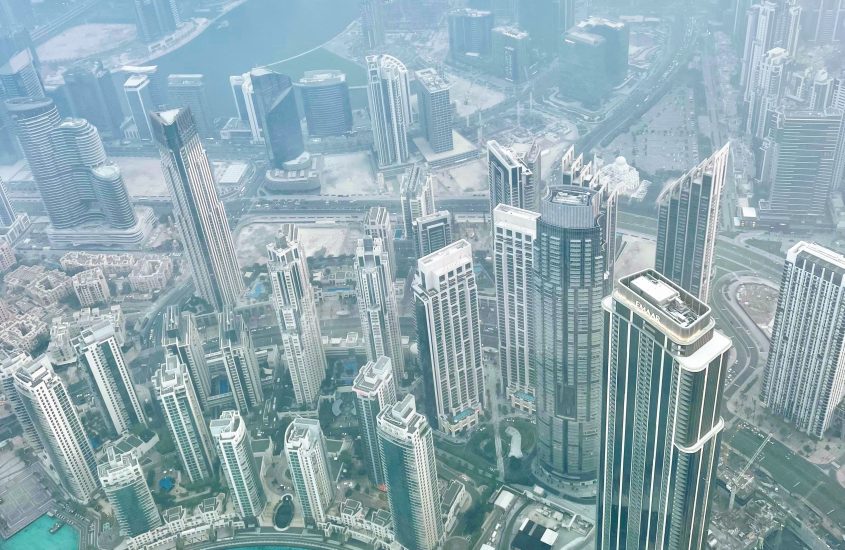
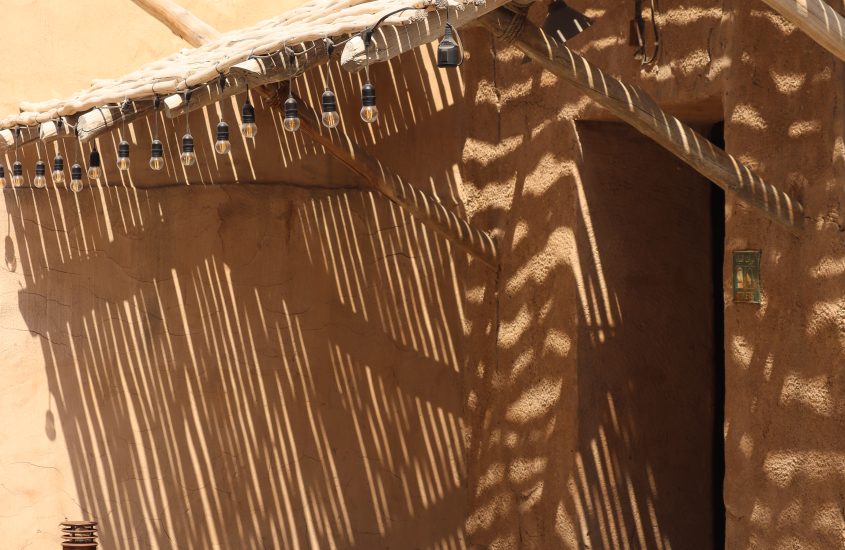
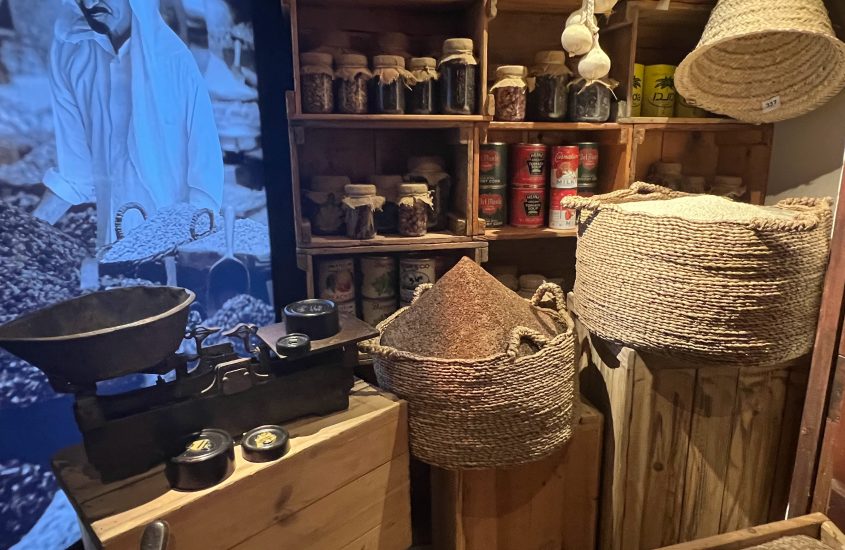
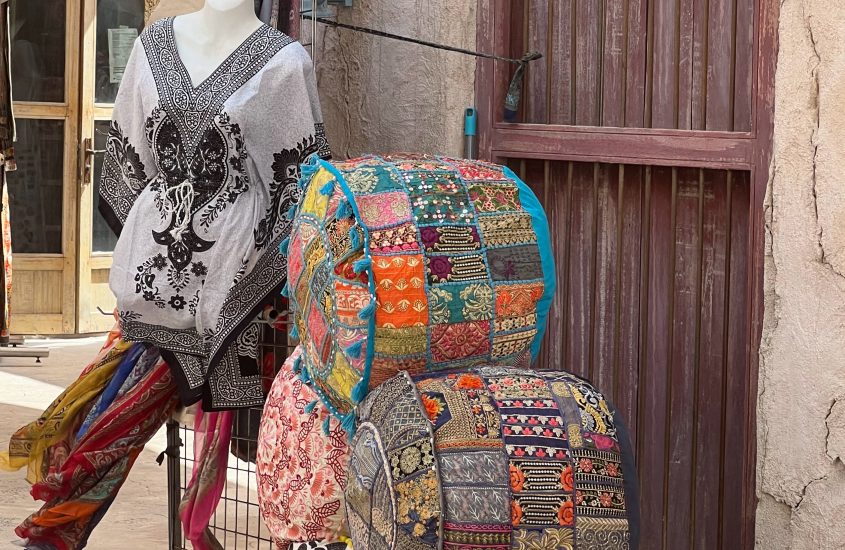
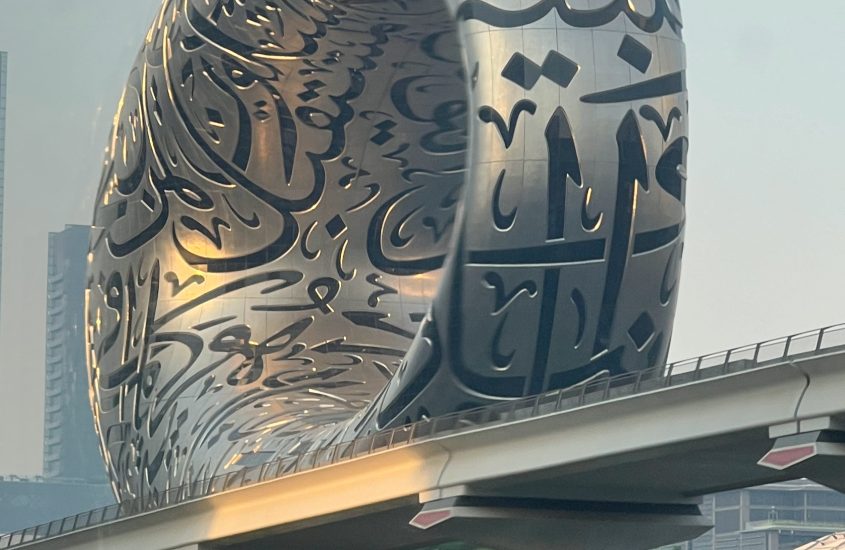
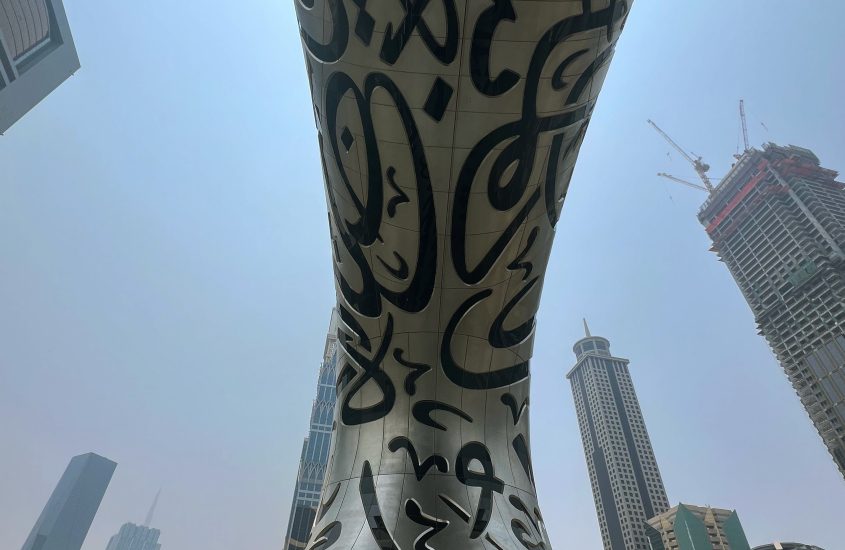
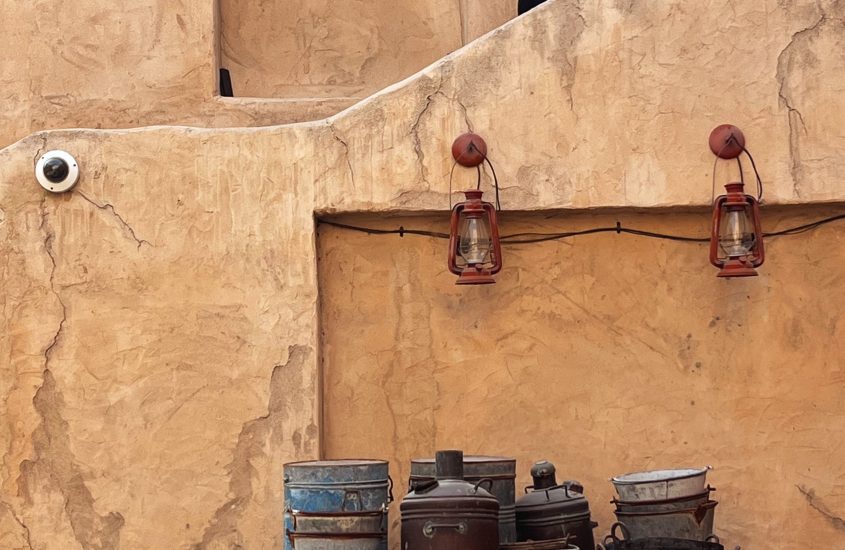
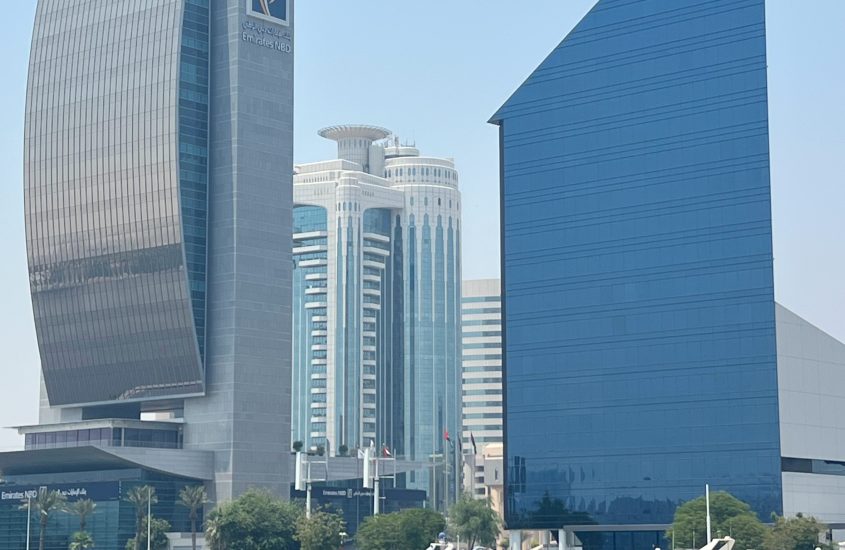
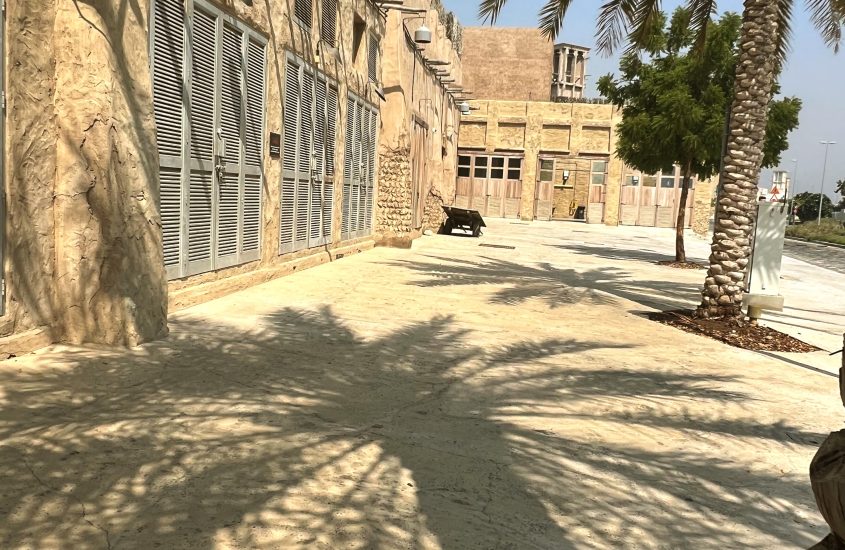
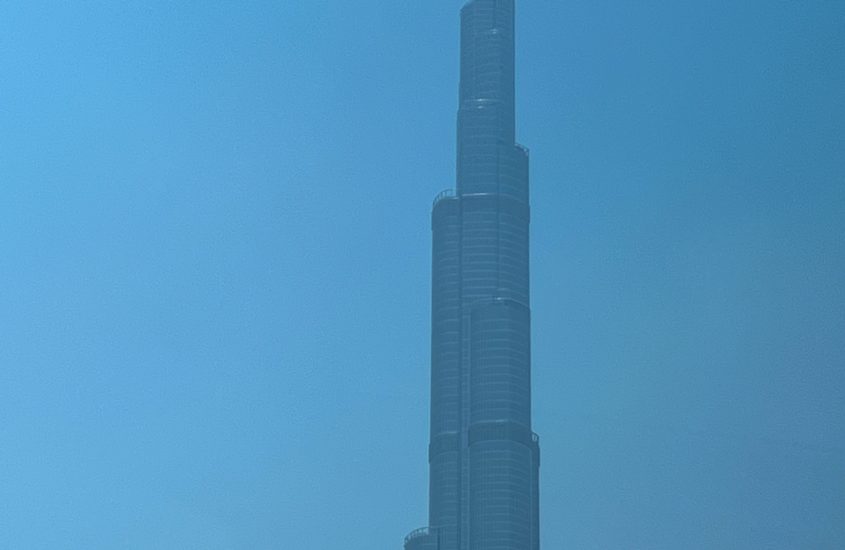
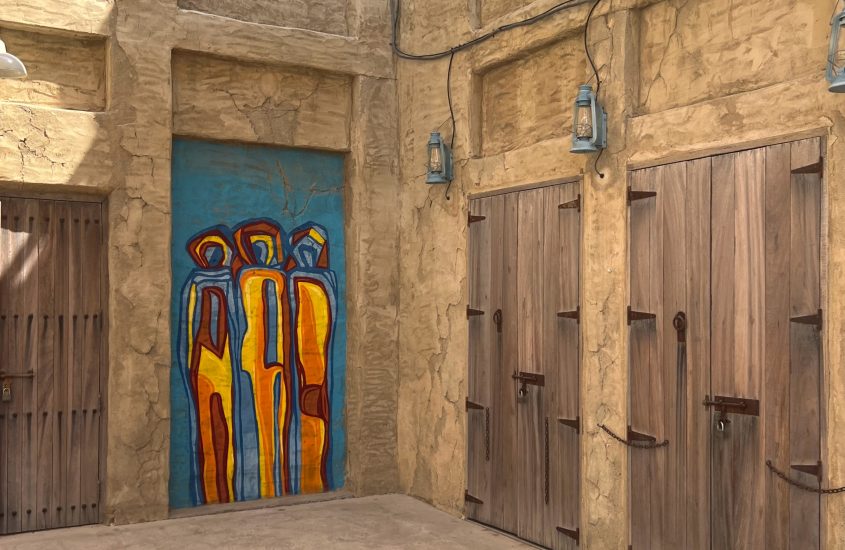
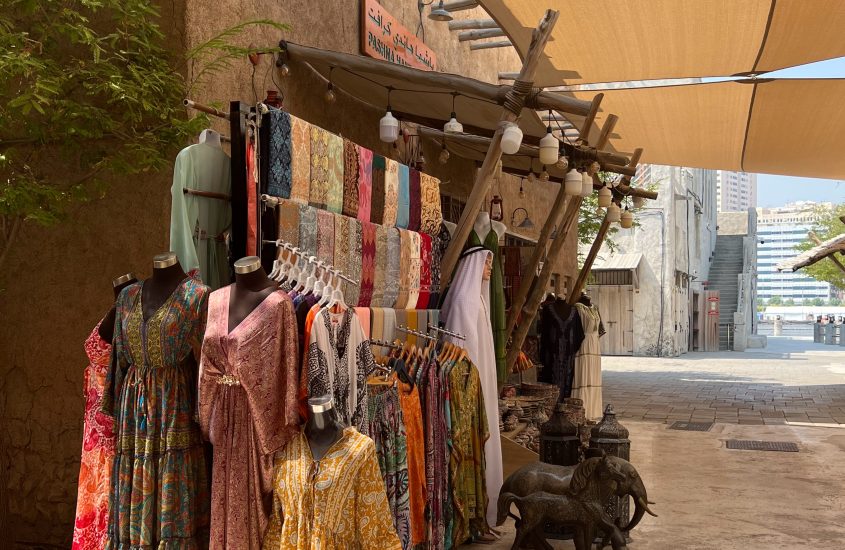
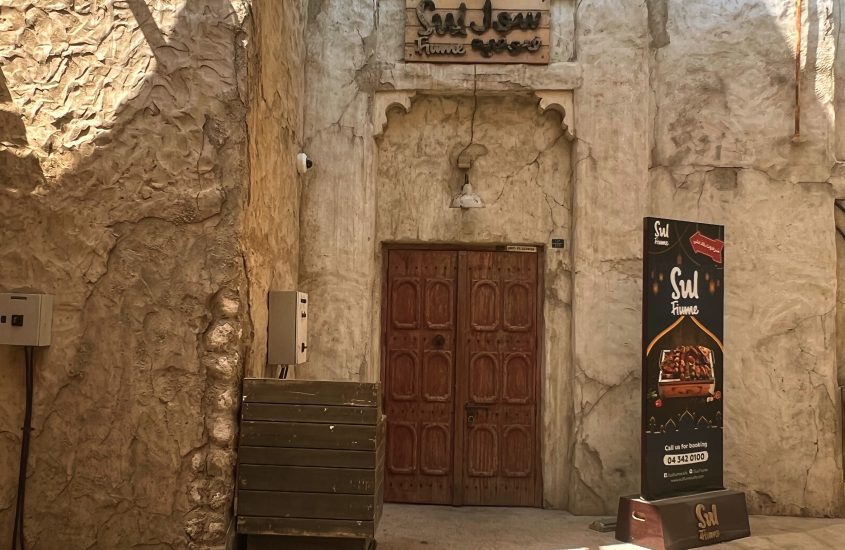
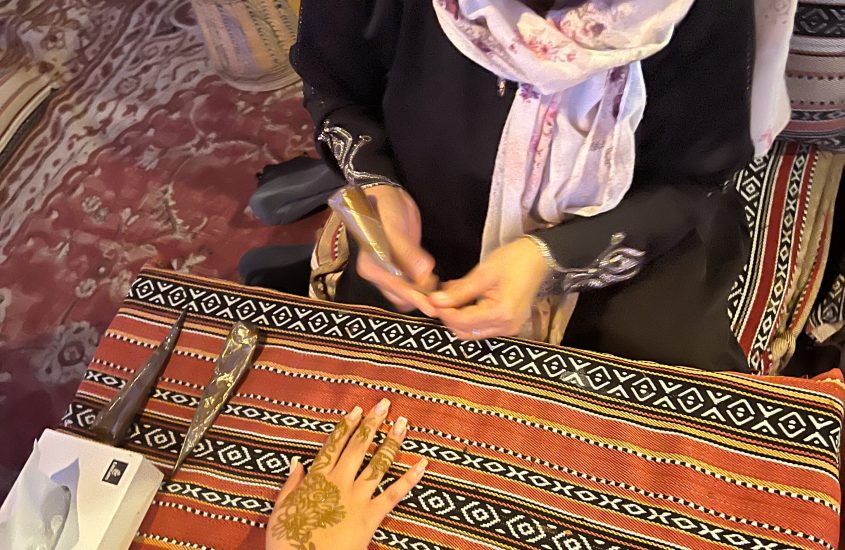
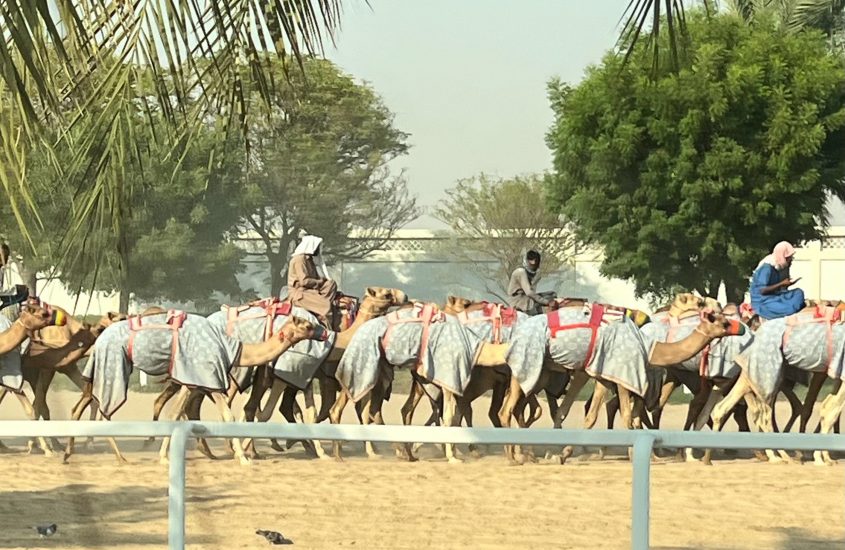

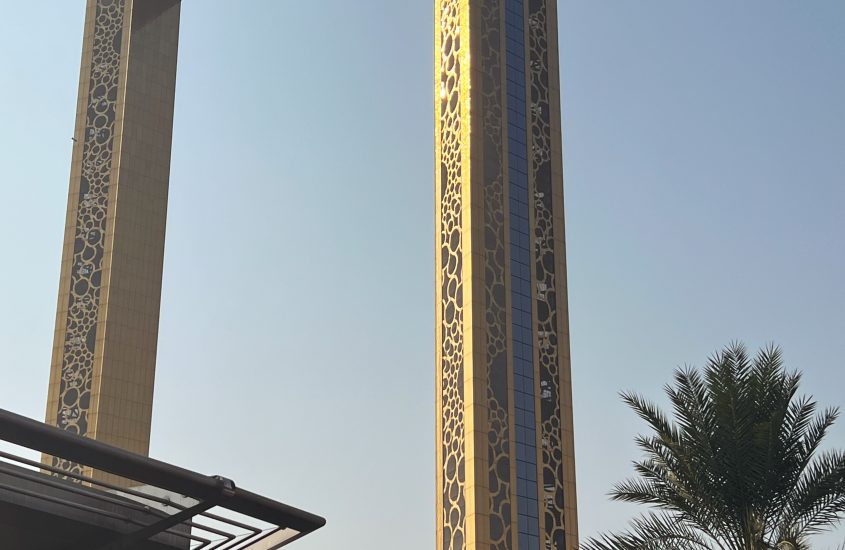

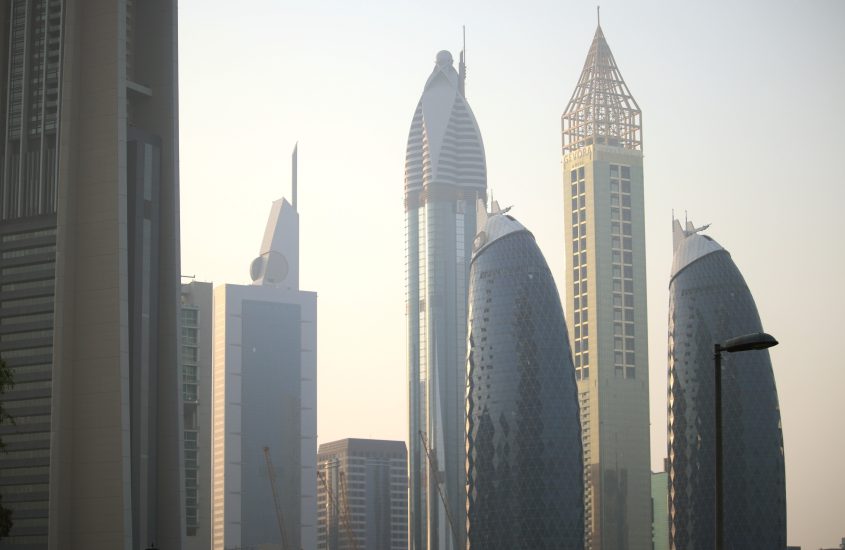

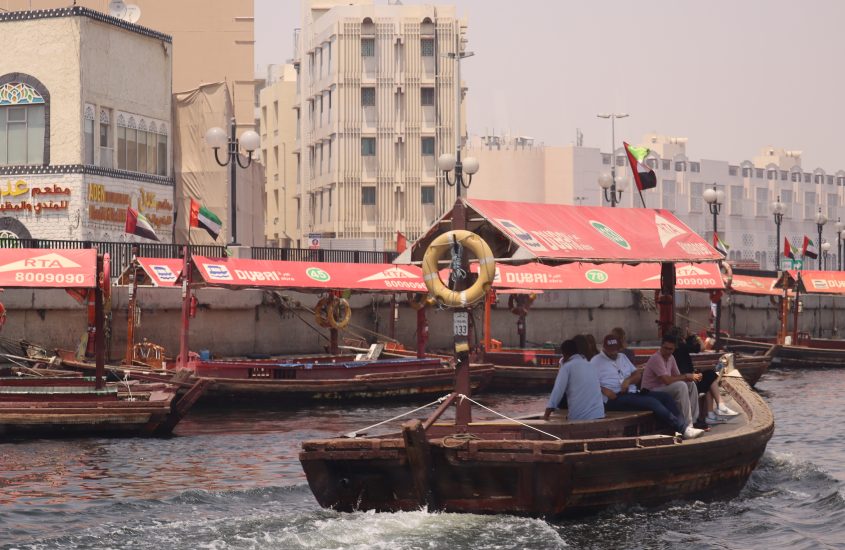

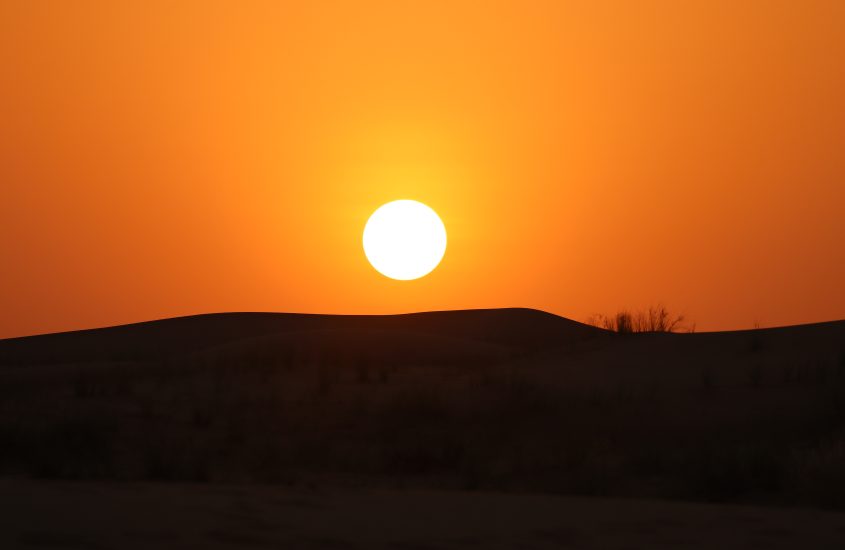

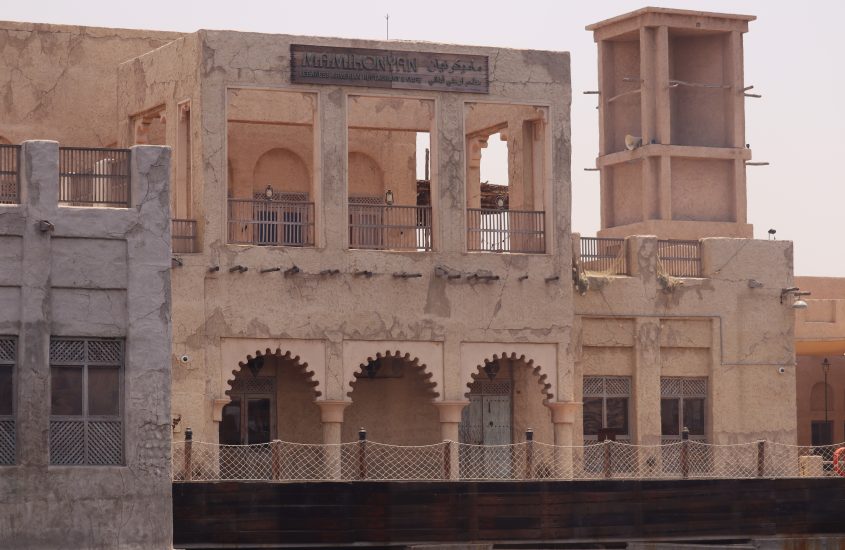
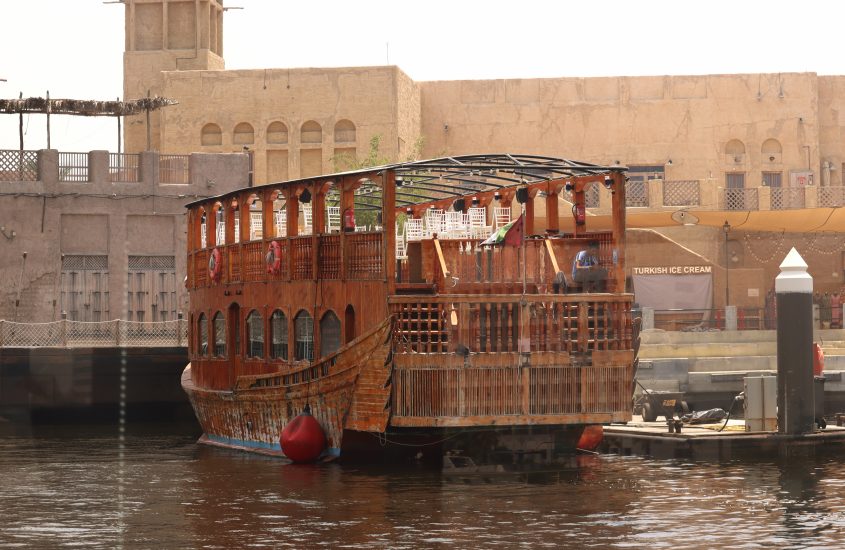
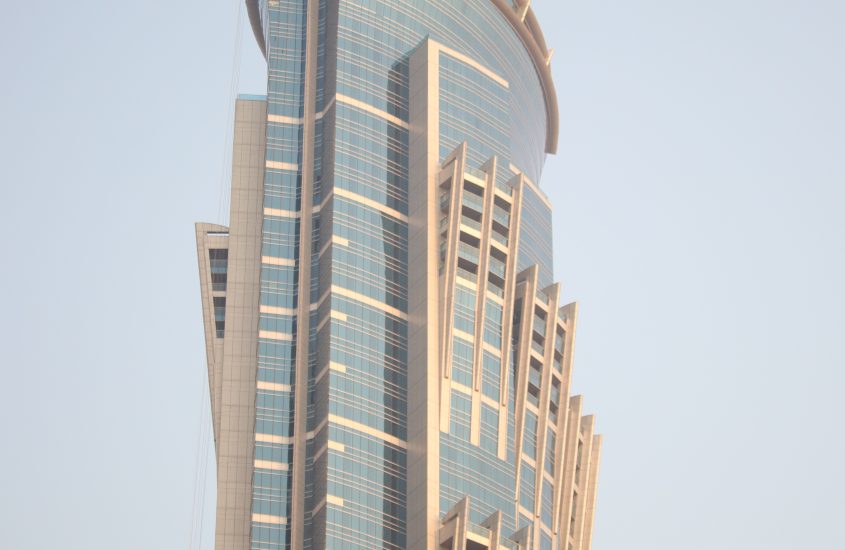
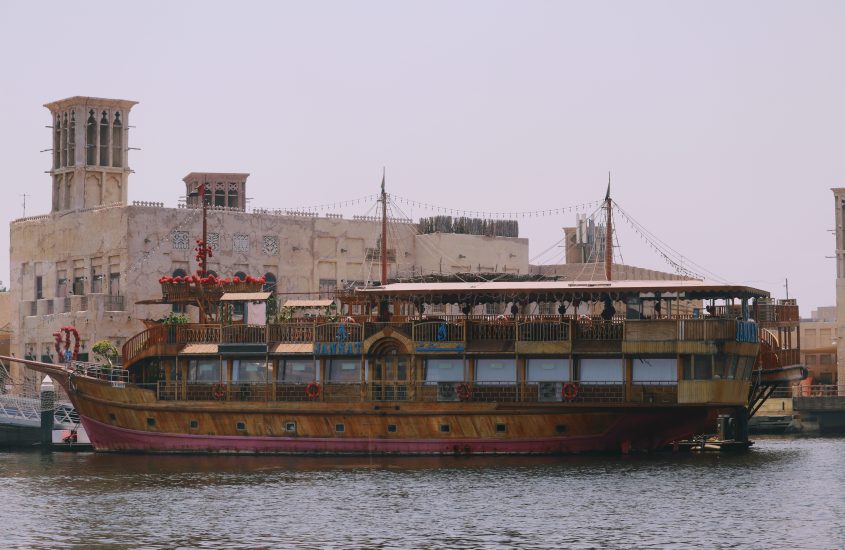
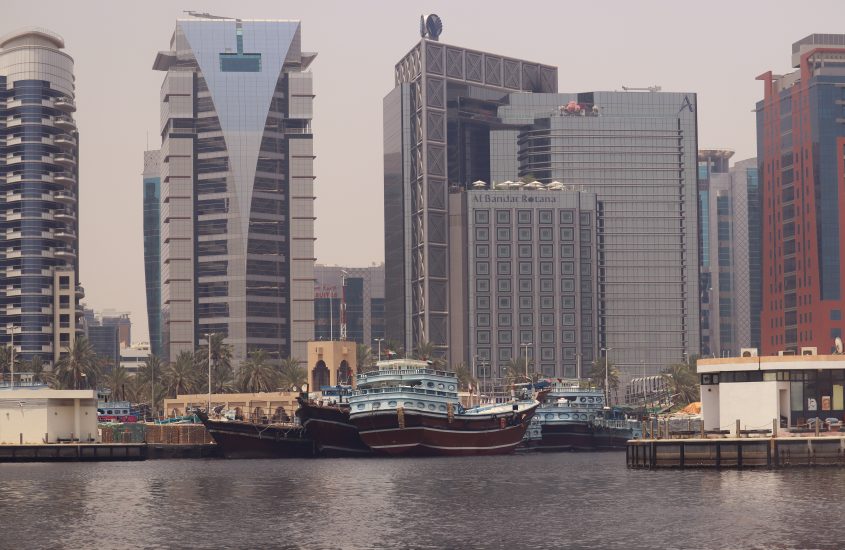
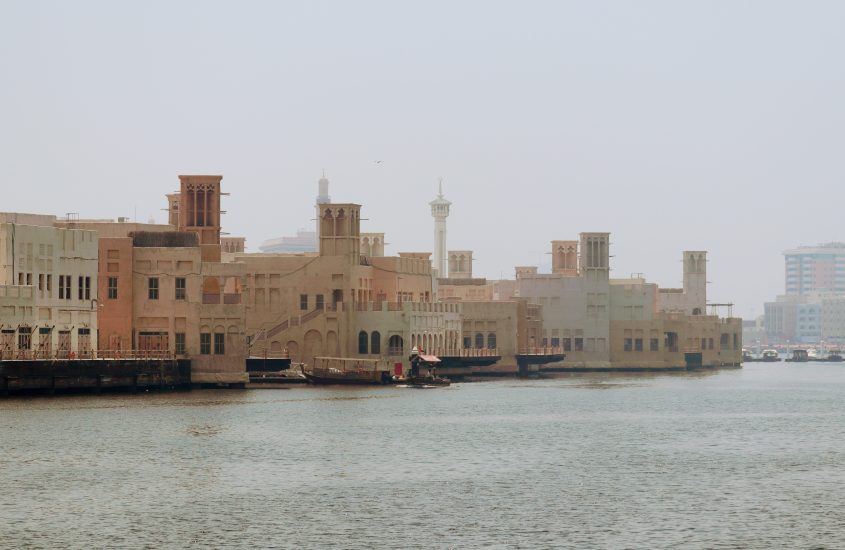
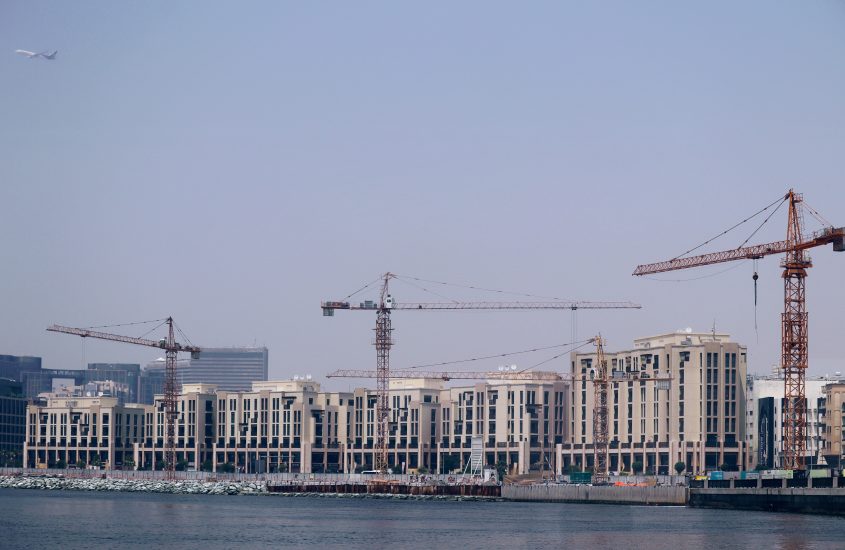
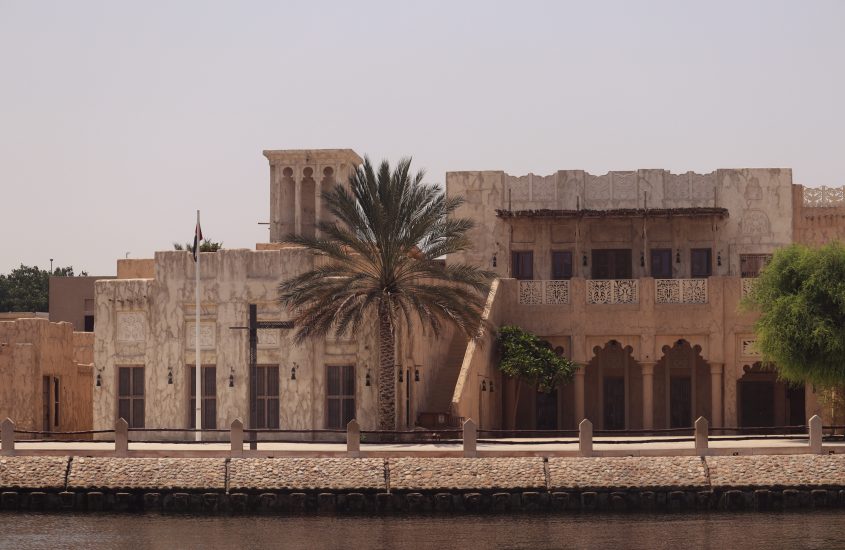

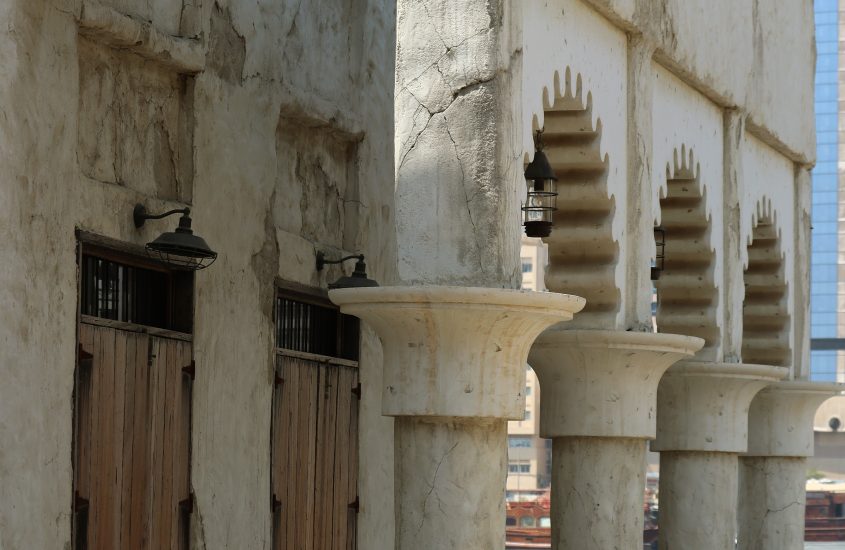
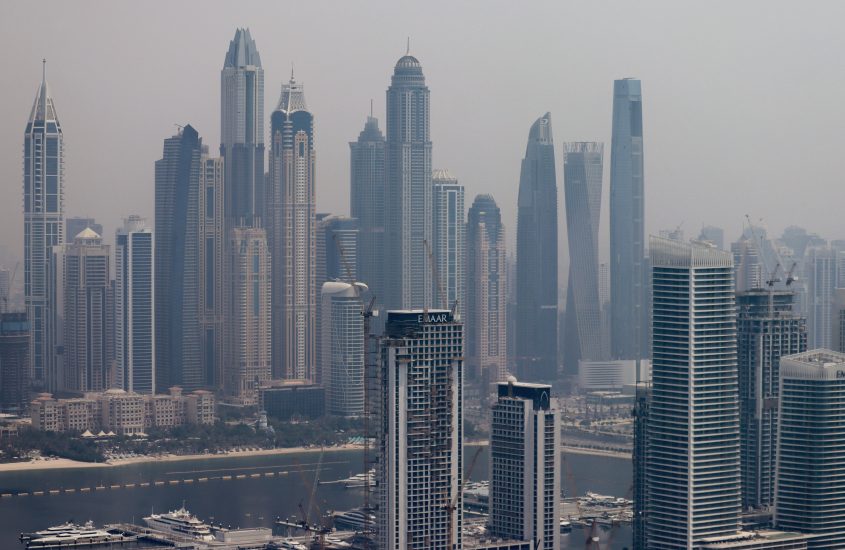
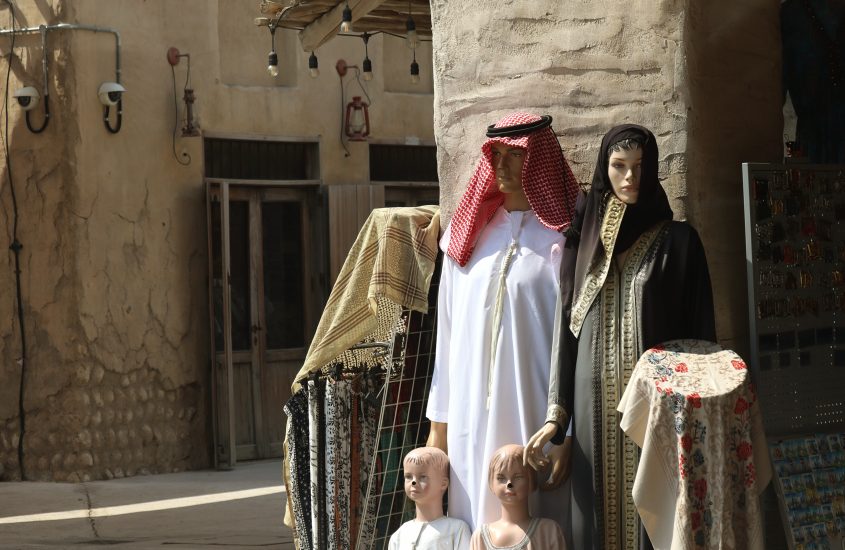
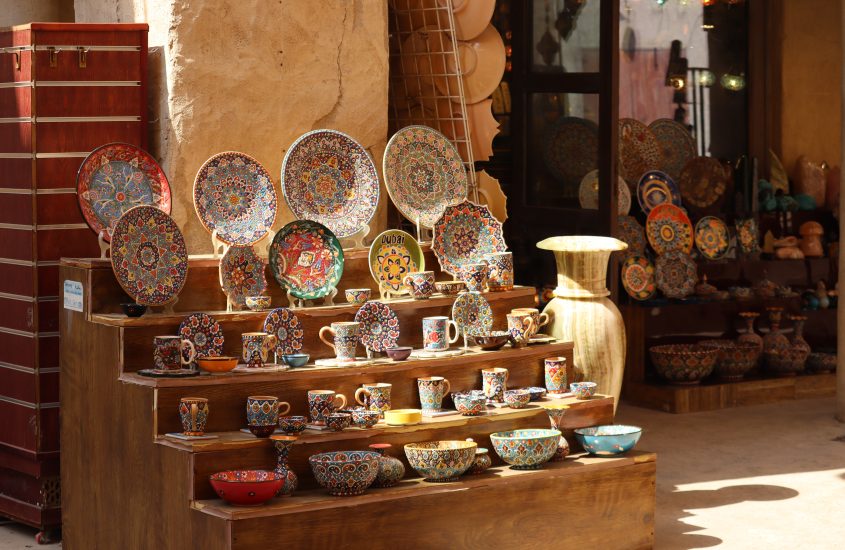
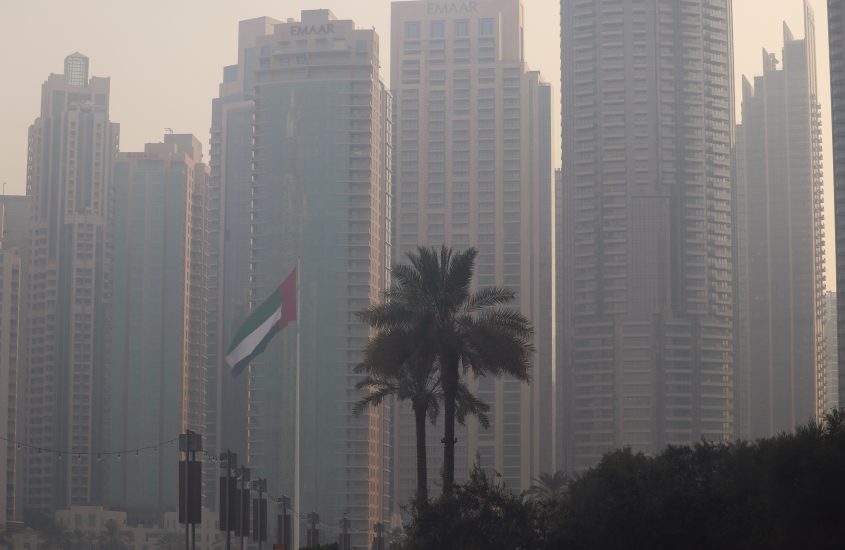
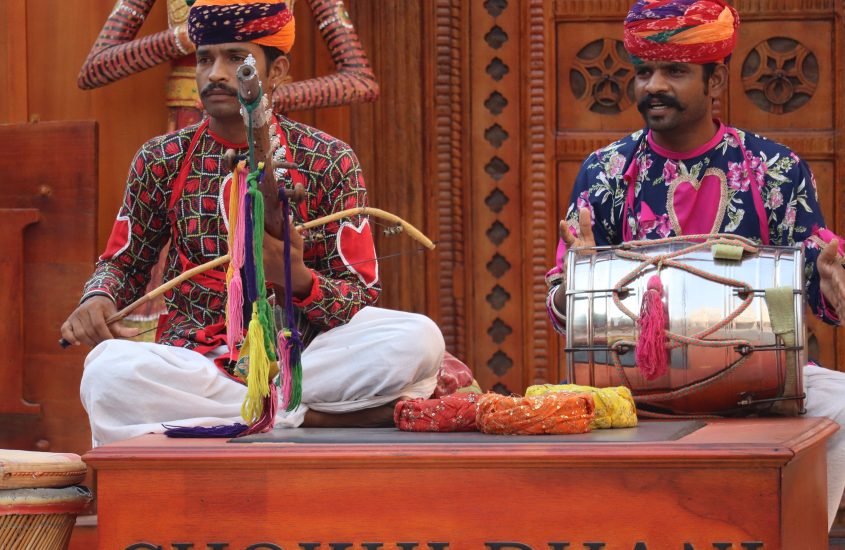
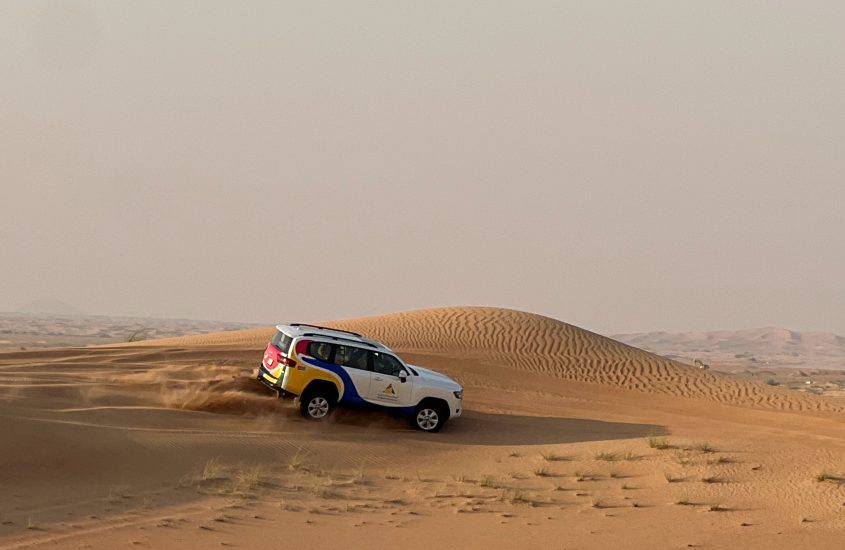
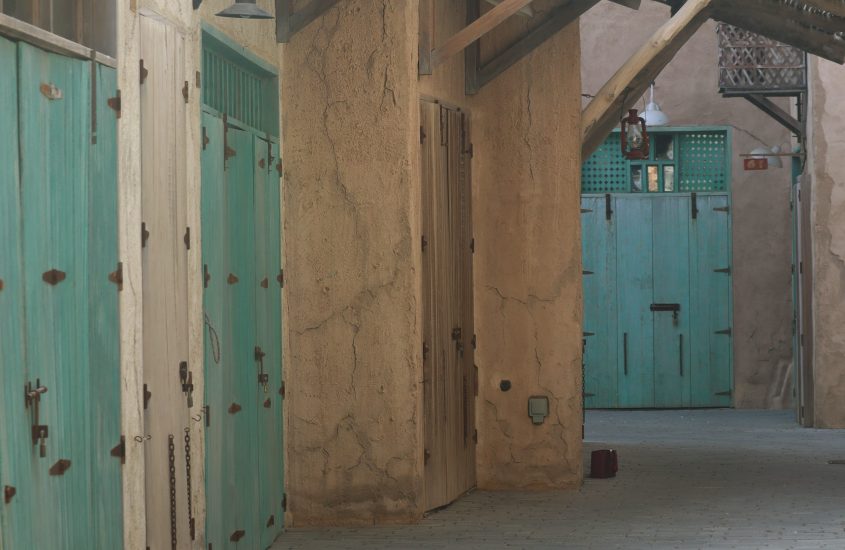
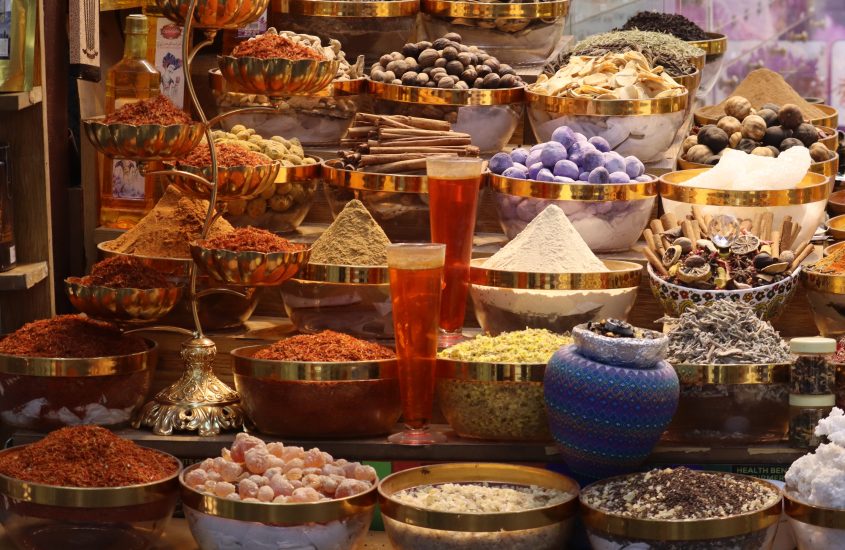
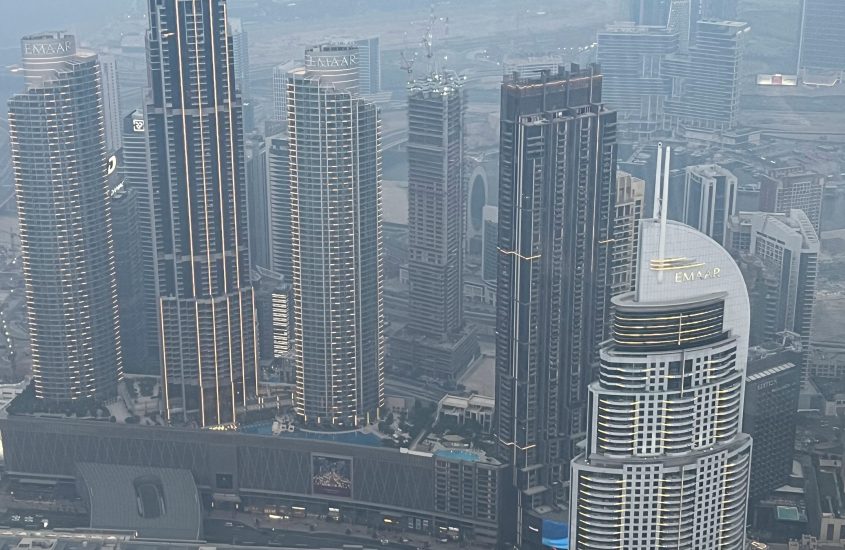
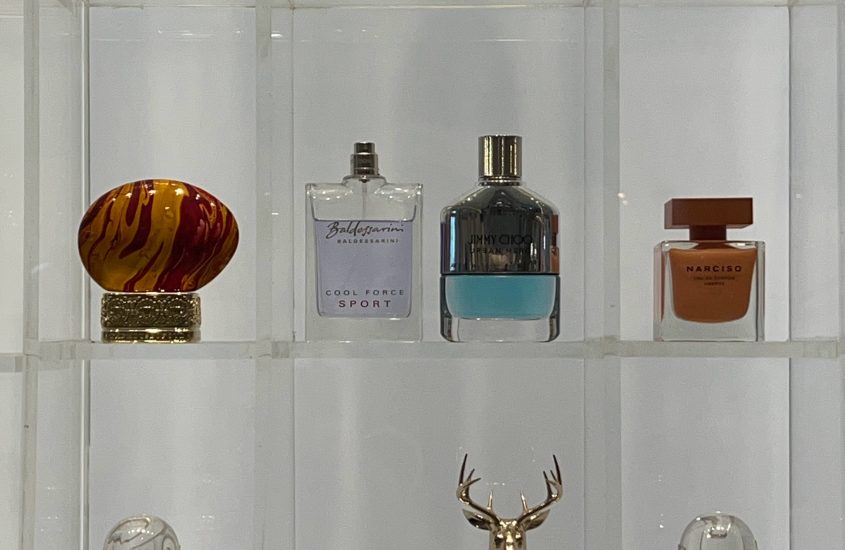
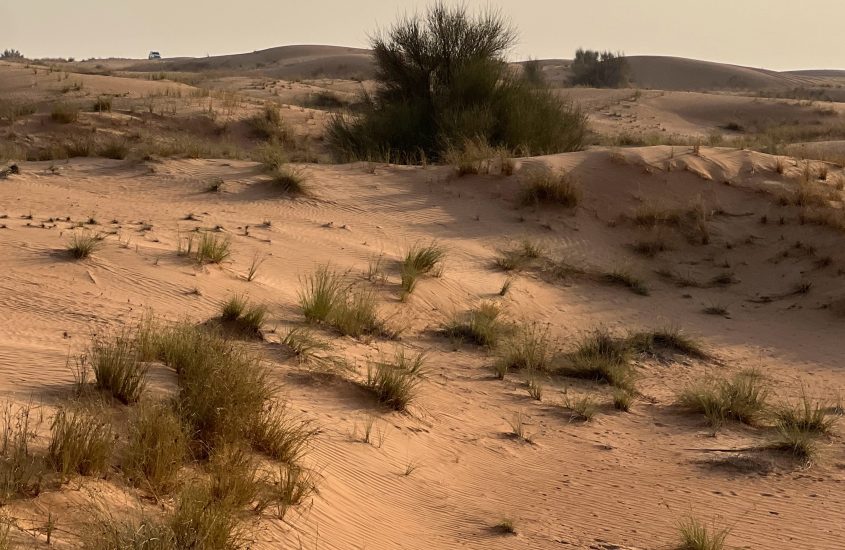
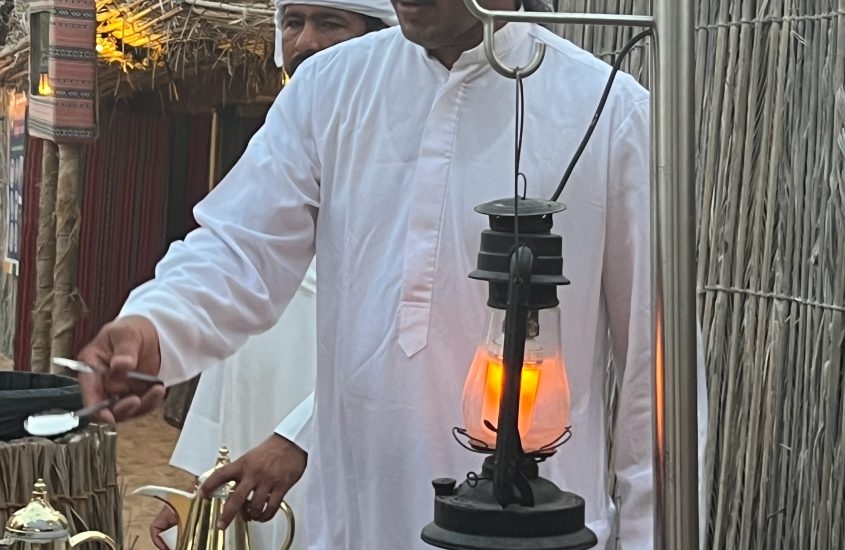
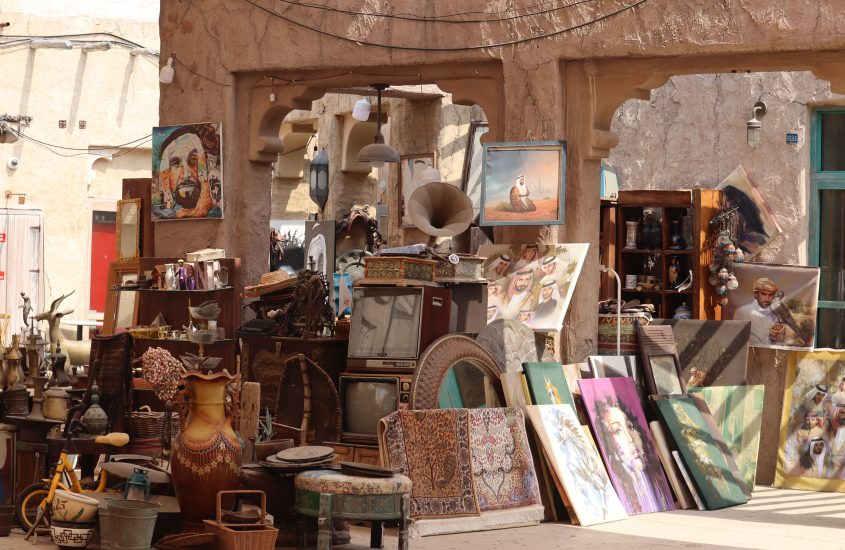
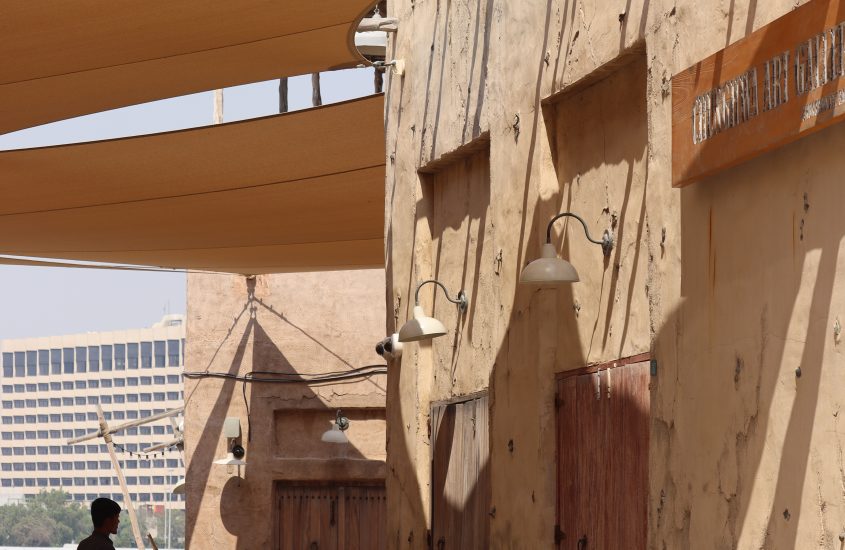


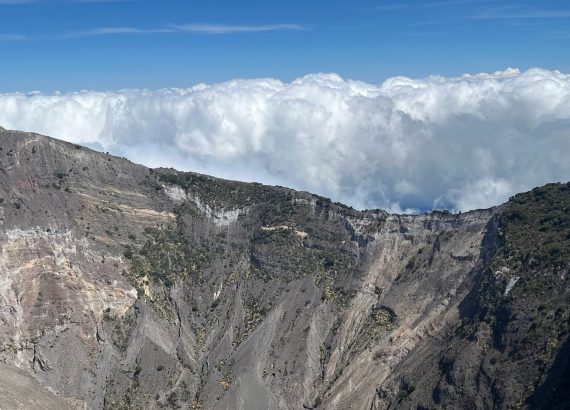
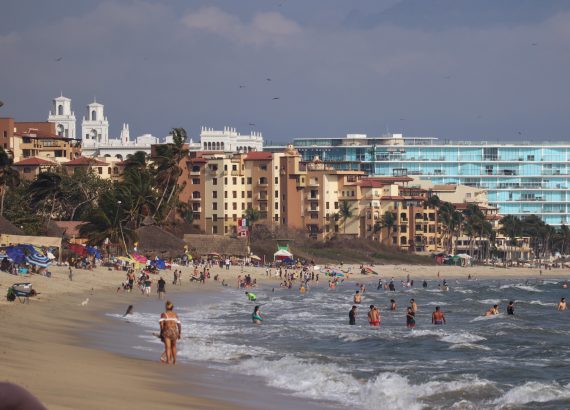
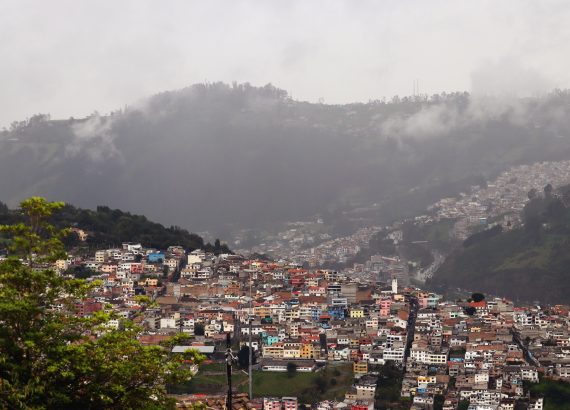
No Comments